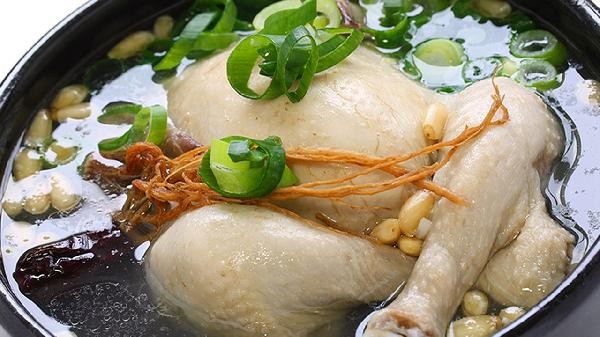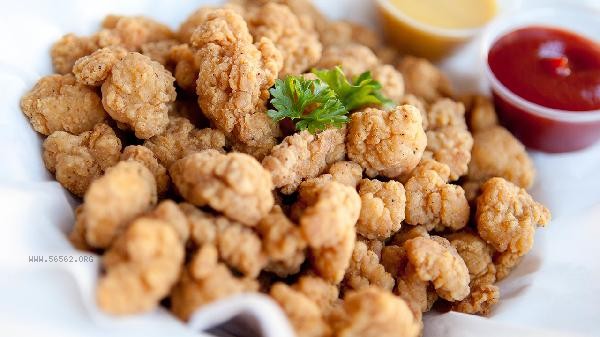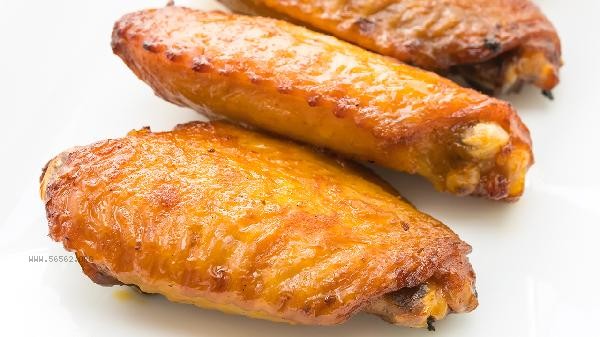The key to making chicken smooth and tender is the marinating method and temperature control. The main methods include selecting fresh chicken, pre marinating, controlling cooking time, choosing appropriate parts, and using low-temperature slow cooking.

1. Choose fresh chicken
Fresh chicken has denser muscle fibers, higher moisture content, and a smoother texture after cooking. It is recommended to choose chicken slaughtered on the same day, with a pink flesh and a slightly moist surface. Frozen chicken should be completely thawed before use to avoid ice crystals damaging muscle tissue. Chicken breast can be sliced diagonally with reverse lines, while chicken leg can be boneless and sliced with a flower knife to help evenly heat.
2. Pre marinating
Marinating with starch, egg white, or baking soda can effectively retain moisture. Add 1 tablespoon of starch and half an egg white to every 500 grams of chicken, mix well, and let it stand for 15 minutes to form a protective film. Adding a small amount of cooking oil can lock in the meat juice, while cooking wine or ginger juice can remove fishy smell and enhance aroma. Avoid direct salting with salt to prevent the precipitation of moisture and the deterioration of meat quality.
3. Control cooking time
When stir frying at high temperature, keep the core of the chicken smooth and tender. When the oil temperature is 60% hot, lower the pot and stir fry quickly until the surface changes color. Boiled chicken should be soaked in warm water at around 80 ℃, and then turned to low heat to maintain a slight boiling state. It is recommended to preheat the oven to 180 ℃ and bake for 15 minutes. Wrap it with tin foil to reduce moisture loss.

4. Choose the appropriate part
Chicken leg meat is naturally more tender and smooth than chicken breast meat because it contains more fat and connective tissue. Cooking with skin can maintain moisture through the subcutaneous fat layer, and the evenly distributed fascia in the middle of chicken wings is also suitable for a tender and smooth taste. Elderly chickens are suitable for stewing, while young chickens are more suitable for quick stir frying. Three yellow chickens have finer muscle fibers and are less prone to cracking.
5. Using low-temperature slow cooking
60-65 ℃ low-temperature water bath cooking for 2 hours can achieve the best tenderness of chicken, slow protein denaturation and retain more juice. Families can use pots with good insulation performance to simulate low temperature effects. After adding water to the chicken, keep it boiling on low heat. Let it sit for 5 minutes before serving to allow the meat fibers to reabsorb moisture. Cut along the texture when slicing to reduce chewing resistance.

When cooking in daily life, it can be paired with fresh ingredients such as mushrooms and bamboo shoots to enhance the flavor and avoid prolonged contact with overly acidic seasonings. Smooth and tender chicken is more suitable for digestion and absorption by the elderly and children, but it is necessary to ensure complete cooking to prevent the risk of parasites. Different cooking methods can be tried alternately to find the most suitable processing method for personal taste, while paying attention to balanced vegetable combinations to ensure nutrient intake.








Comments (0)
Leave a Comment
No comments yet
Be the first to share your thoughts!